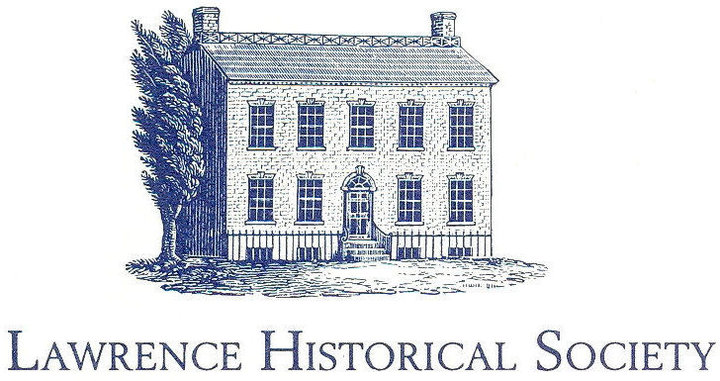Richard Veit, a professor of anthropology at Monmouth University, will present an illustrated talk about the Delaware Indians and what they left behind in the Delaware Valley – including Lawrence Township – at the Lawrence Historical Society’s annual Mary Tanner Lecture Series.
The free lecture, titled “Archaeology and the Delaware Indians, a 12,000-year Odyssey,” starts at 7 p.m. Oct. 20 and will be held in person at Lawrence High School, 2525 Princeton Pike, Lawrenceville. Attendees may register at https://tinyurl/lhstanner or at www.thelhs.org.
Veit teaches courses on archaeology, historical archaeology, New Jersey history, Native Americans and historic preservation. He has written or co-authored five books, including “Historical Archaeology of the Delaware Valley.”
Fascinated by New Jersey’s Native American heritage, Veit has worked for more than 30 years as an archaeologist, and part of his work has focused on studying Native American sites.
“There are Native American sites in the Lawrenceville area. My talk will provide an overview of the Lenape Indians and their ancestors, who were New Jersey’s first people,” Veit said.
People have lived in the Upper Delaware River Valley for at least 10,000 years, according to the U.S. National Park Service. Archaeologists have uncovered evidence that the Lenape Indians’ ancestors were a primitive people called Paleo-Indians.
It is believed that they were the first people to come onto the North American continent by crossing a narrow stretch of land that connected Alaska and Russia, according to www.nps.gov. Artifacts from the Paleo-Indian period of 10,000 to 12,000 years ago are rare, but they have been found in the Upper Delaware River Valley.
The Paleo-Indian period was followed by the Archaic period, which occurred about 4,000 to 10,000 years ago, according to www.nps.gov. The Indians, who were hunters, relied on the spear as their main weapon. Artifacts, such as grooved axe heads and projectile points, have been found in the Upper Delaware River Valley.
The Woodland period lasted from about 4,000 years ago to around 1550. The Indians stayed closer to home and did not travel far. They still hunted and trapped wildlife and fished for their food, but they also began to grow their own food in gardens.
With the arrival of Europeans around 1550, the Indians began to trade with them. The Indians were exposed to diseases such as measles and smallpox, which proved fatal to many of them. Conflicts between the Indians and the Europeans arose, and the Indians were forced to move west.
Veit’s presentation is the latest in the Mary Tanner Lecture series, which began in 2004. Previous talks focused on “New Jersey Presbyterians and the American Revolution;” “Mapping New Jersey;” “The Rise and Fall of Prohibition in Lawrence Township;” and “The U.S., China, Taiwan: The Historical Background of a Potential Conflict.”
The lecture series was named after the late Mary Tanner, who served on the Lawrence Historical Society’s board of trustees. She was instrumental in raising money – and public support – for the restoration of the 1761 Brearley House in Lawrence Township. She held a Ph.D. in history and taught at Mercer County Community College.
The 1761 Brearley House, which belongs to Lawrence Township, is open for free tours on the third Sunday of the month between 2-4 p.m. The next tours are set for Oct. 16, Nov. 20 and Dec. 18.

